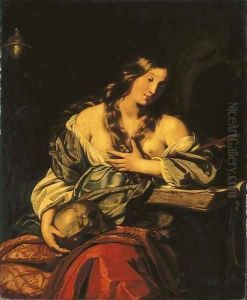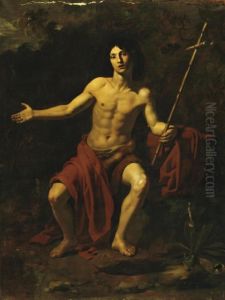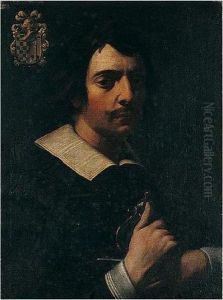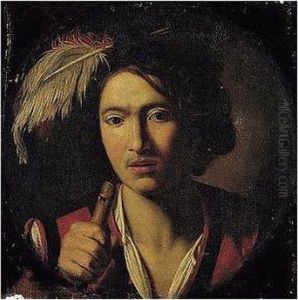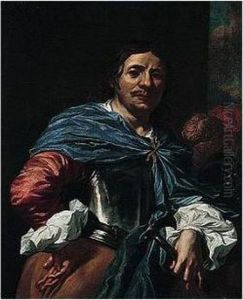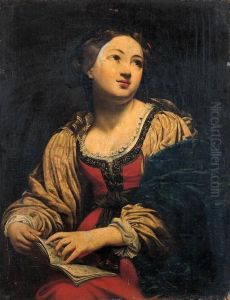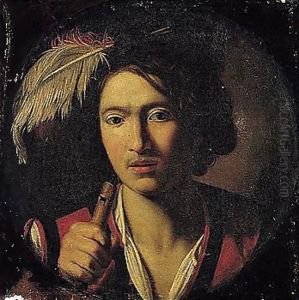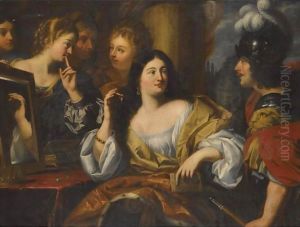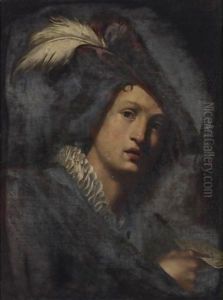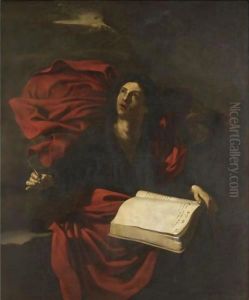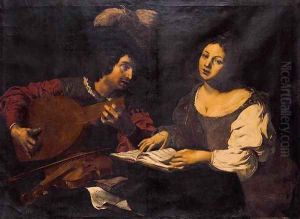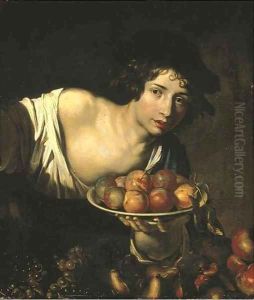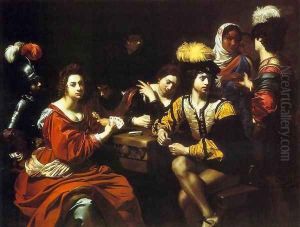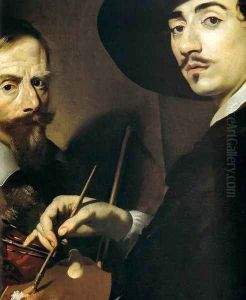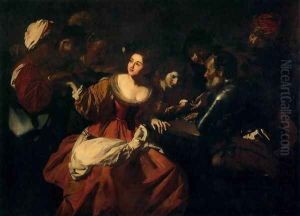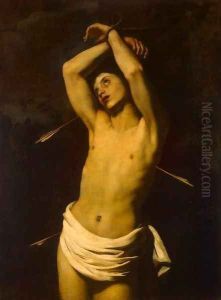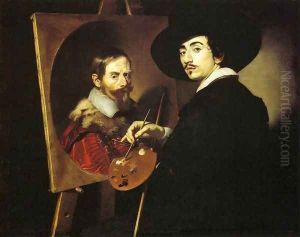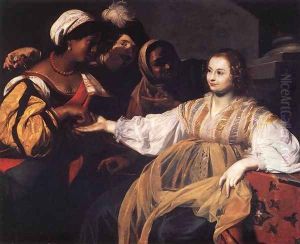Niccolo Renieri (see Regnier, Nicolas) Paintings
Niccolo Renieri, also known as Nicolas Régnier or Nicolas Regnier, was a Flemish painter, draughtsman, and art dealer who was born around 1588 in Maubeuge, which was then part of the Habsburg Netherlands. He is known for his work during the Baroque period and was heavily influenced by Caravaggio's dramatic use of light and shadow, a style known as tenebrism.
Renieri traveled to Rome early in his career, where he became part of the circle of Northern artists active in the city. His early works show the clear influence of Caravaggio, whom many Northern artists admired for his revolutionary painting style. Renieri was not only an artist but also involved in the art trade, which was common for many painters of his time.
During his time in Rome, Renieri also became associated with the Bentvueghels, a society of mostly Dutch and Flemish artists working in Rome. He was given the nickname 'Regnier of Flanders'. His works from this period often featured genre scenes, portraits, and religious subjects, characterized by a strong sense of realism and attention to detail.
Later in his career, Renieri moved to Venice, where he continued to work and adapt his style to the Venetian taste, which was brighter and less tenebristic than his earlier works. In Venice, he became known for his portraits, which were highly sought after by the Venetian nobility. His paintings from this period often feature opulent costumes and a more delicate approach to lighting.
Renieri's works are noted for their psychological depth, particularly in his portraits, where he captured the character and mood of his subjects with great sensitivity. Despite his success, Renieri's name is less known than some of his contemporaries, and his works are sometimes confused with those of other Caravaggisti.
Niccolo Renieri died in Venice in 1667, leaving behind a legacy of work that contributes to our understanding of the transition from the dramatic Caravaggesque style to the brighter and more coloristic approach of the Venetian school. His works can be found in various museums and collections around the world, reflecting his once considerable reputation.
